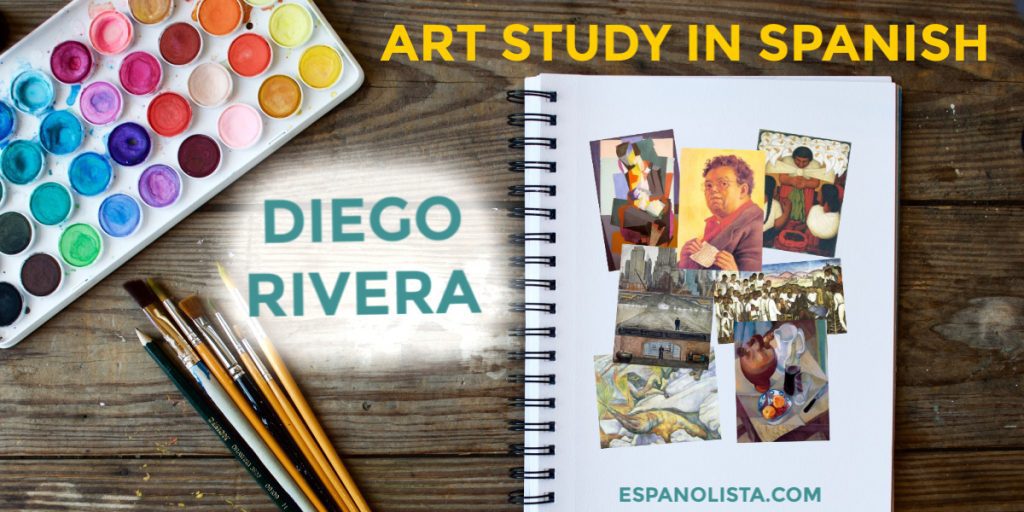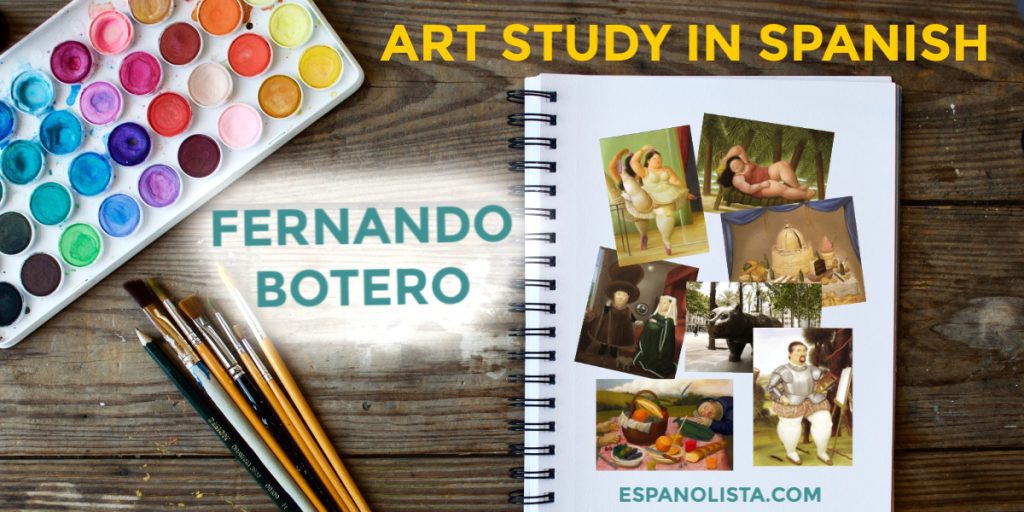Describing Art in Spanish: A Creative Way to Build Language Skills
A big vocabulary is key when learning and teaching a foreign language. But memorizing long word lists? That only works short-term. Why? Because for vocabulary to stick, learners need to use it—think about it, say it, and apply it in context.
That’s where Art Study in Spanish comes in.
Why Describing Art Helps You Learn Spanish
This approach activates powerful language processing in the brain. With every artwork, learners:
- See a visual cue
- Describe a story
- Notice design details
- Form a conclusion
- Share an opinion
It naturally integrates all five language skills:
- Listening
- Speaking
- Reading
- Writing
- Grammar
Plus, it builds cultural awareness through famous Hispanic artists and their work.
The 5-Step Framework for Art Study in Spanish
Each step takes about five minutes. In just 30 minutes, you’ve got a full lesson that works at any proficiency level.
Before you begin, make sure you’re set up for success with a quick prep check.
Jump to: How to Prepare for Art Study in Spanish
Step 1: Introduce the Artwork
- Share the artist’s background
- Introduce the artwork (title, date, form, materials)
- Highlight what makes it unique
Jump to: Spanish Art Vocabulary
Step 2: Observe Visual Details
- Point out people, places, events, objects
- Use descriptive language (colors, shapes, movement)
- Focus on the elements of art
Jump to: Elements of Art in Spanish
Step 3: Draw from Memory
- Put the artwork away
- Sketch details from memory
- Retell what you remember—in Spanish!
Jump to: Drawing Vocabulary
Step 4: Talk About the Message
- Look at the artwork again
- Use the principles of design to describe what stands out
- Share what the artist might be saying
Jump to: Principles of Art in Spanish
Step 5: Write Your Observations
- Form an opinion about the artwork
- Write a phrase, sentence, or paragraph (based on level)
- Read it aloud
Jump to: Spanish Opinion Starters
Spanish Vocabulary for Describing Art
Start with these core words:
- el arte — art
- el artista / la artista — artist (male/female)
- la obra — artwork
- el cuadro — painting
- la obra maestra — masterpiece
Key questions:
- ¿Qué ves? — What do you see?
- Veo… — I see…
These are some words to describe art in Spanish:
— el arte — art
— el artista — artist (male)
— la artista — artist (female)
— la obra — artwork
— el cuadro — picture
— la obra maestra — masterpiece
Let’s take a look at the five different ways to describe art in Spanish – and what we can talk about for each step!
How to Scale Learning by Proficiency Level
For meaningful language growth, each step should feel manageable. Once the basics feel natural, you can gradually add new elements to level up the learning experience. The goal is to expand vocabulary and reinforce all core language skills.
Here’s what to focus on at each level:
Beginner:
- Identify objects and simple details
- Use visual support and repetition
- Speak or write in single words or short phrases
Intermediate:
- Combine known words into basic sentences
- Add descriptive language and cultural context
- Practice writing and retelling observations
Advanced:
- Use more complex grammar and syntax in writing and speaking
- Write full critiques and express opinions
- Research the artist and analyze the message
Examples of Describing Art in Spanish
Beginner Example:
Una niña. Está en una casa. Tiene cabello corto. El piso es de madera.
As you can see the lessons are adaptable for any age or skill level. Even groups can do the same.
Why Teachers and Parents Love It
This method works for all types of learners. It’s visual, engaging, culturally rich, and naturally adaptable to classroom or home learning.
Art becomes the springboard to:
- Build useful vocabulary
- Practice language skills
- Encourage critical thinking
- Create connections to Hispanic art and culture
Want to make describing art in Spanish really easy?
The Art Study in Spanish Bundle includes everything you need:
- Step-by-step guides
- Vocabulary banks
- Question prompts
- Worksheets for listening, writing, and speaking
Use it in class, at home, or as part of a homeschool Spanish curriculum.
Don’t leave empty-handed, grab the free activity!
Summary
Describing art in Spanish builds fluency with purpose. It helps learners:
- Grow meaningful vocabulary
- Practice all five language skills
- Connect with Hispanic art and culture
You’re ready to bring Spanish to life through art!
This is original content: https://growspanish.com/describing-art-in-spanish
What’s next?
Free Describe Artwork of Frida Kahlo
📌 Ready to grow your Spanish vocabulary through art? Pin this guide, try it out, and explore the full framework with our bundle.

